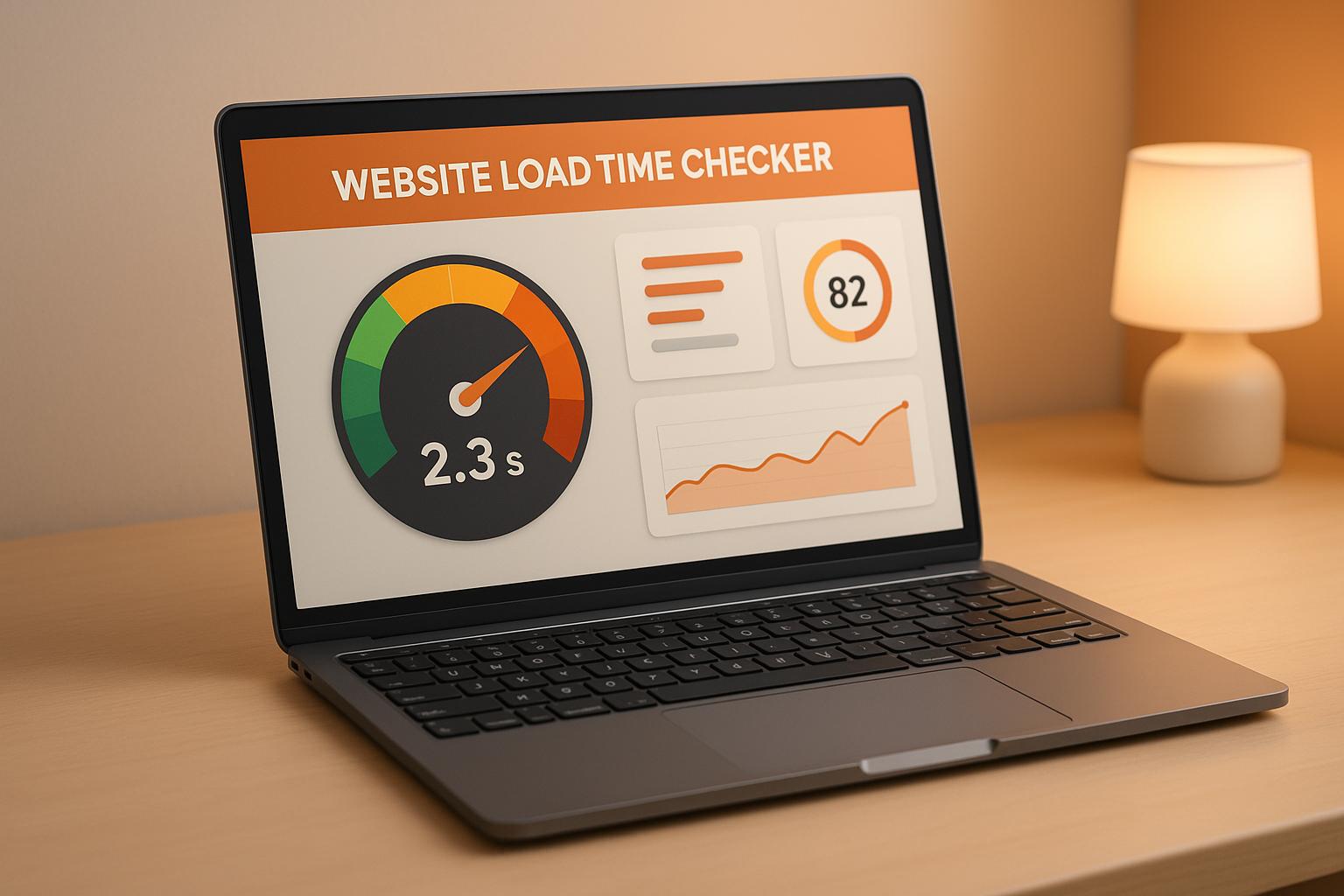


Check your website load time instantly with our free tool. Get detailed speed insights and tips to boost performance—try it now!

In today’s digital world, speed is everything. A sluggish site can drive visitors away faster than you can say "loading." That’s where a reliable website speed test comes in handy. By analyzing how quickly your pages render, you can uncover hidden issues and keep your audience engaged. Let’s dive into why this matters and how to tackle it.
Search engines like Google prioritize fast-loading sites because they know users demand instant results. Beyond SEO, a snappy webpage improves user satisfaction, lowers bounce rates, and can even increase sales if you’re running an online store. Studies show that even a one-second delay can cost you conversions. So, testing and optimizing your site’s performance isn’t just a nice-to-have—it’s a must.
Start by measuring your current performance with a tool that checks page load speed. Look at metrics like total loading duration and mobile responsiveness. From there, focus on fixes like optimizing images or leveraging content delivery networks (CDNs). Small tweaks can make a big difference, and regularly monitoring your progress ensures you stay ahead of the curve. Take control of your site’s speed today!
Load time directly impacts user experience and search engine rankings. If your site takes more than a couple of seconds to load, visitors might bounce, and Google could lower your ranking. A fast site keeps users engaged, boosts conversions, and signals quality to search engines. Our tool helps you stay on top of this critical metric with ease.
We pull data on key performance indicators like time to first byte, total load time in seconds, and mobile/desktop scores. These are sourced from trusted APIs like Google PageSpeed Insights when possible, or we simulate realistic data for demo purposes. You’ll get a clear report that breaks down what each number means for your site.
Don’t worry—there are plenty of fixes! Based on your results, we might suggest compressing images, enabling browser caching, or reducing server response time. Each tip is practical and tailored to your specific metrics. Start with the low-hanging fruit, test again, and watch your load times drop.